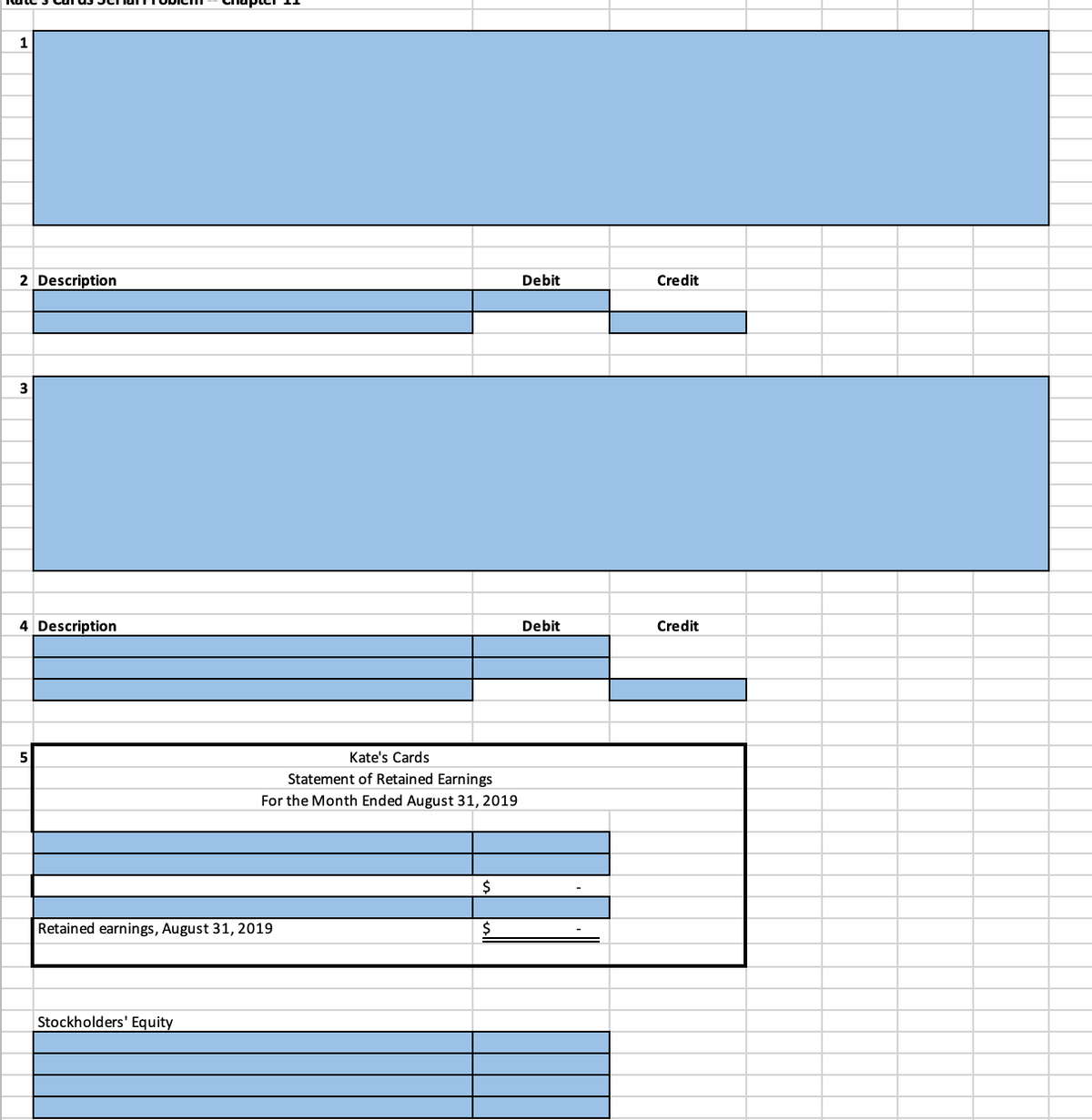Kate’s business continues to flourish. It hardly seems that just eleven months ago, in September of last year, Kate started the business. She is especially pleased that she was able to successfully defend herself against what turned out to be a mistaken attempt to sue her for copyright infringement. She was able to clearly demonstrate that her card designs were unique and significantly different from the designs sold by Mega Cards. Kate has decided to take on an investor. Taylor Kasey believes that Kate’s Cards represents a good investment and wishes to invest money to help Kate expand the business. Kate, however, is somewhat unsure how to structure Taylor’s investment. Taylor wishes to be an equity investor rather than simply providing a loan to Kate. Kate wants to know whether she should issue Taylor common stock or preferred stock for her investment. 1. Discuss the difference between the two classes of stock and suggest which type is more ap- propriate for Kate to issue. 2. Kate has decided that she does not want to give up voting control of Kate’s Cards. Since Taylor prefers to be a passive investor, but does wish to have a steady income from dividends, the decision is made to issue 50 shares of $100 par value, six percent cumulative preferred stock. Provide the journal entry to record the issuance of the preferred stock for cash. 3. Kate also wishes to pay dividends on both her common shares and the preferred stock. She is a little confused between cash and stock dividends. Explain the difference between a cash dividend and a stock dividend. Since Kate is the only stock- holder of the common stock, what would be the effect of issuing a 10 percent stock dividend?
Kate’s business continues to flourish. It hardly seems that just eleven months ago, in September of last year, Kate started the business. She is especially pleased that she was able to successfully defend herself against what turned out to be a mistaken attempt to sue her for copyright infringement. She was able to clearly demonstrate that her card designs were unique and significantly different from the designs sold by Mega Cards. Kate has decided to take on an investor. Taylor Kasey believes that Kate’s Cards represents a good investment and wishes to invest money to help Kate expand the business. Kate, however, is somewhat unsure how to structure Taylor’s investment. Taylor wishes to be an equity investor rather than simply providing a loan to Kate. Kate wants to know whether she should issue Taylor common stock or preferred stock for her investment. 1. Discuss the difference between the two classes of stock and suggest which type is more ap- propriate for Kate to issue. 2. Kate has decided that she does not want to give up voting control of Kate’s Cards. Since Taylor prefers to be a passive investor, but does wish to have a steady income from dividends, the decision is made to issue 50 shares of $100 par value, six percent cumulative preferred stock. Provide the
Stockholders’ Equity
Common stock (5,000 shares authorized, 500 shares issued and outstanding) . . . . . . $ 500
Paid-in capital in excess of par value—common stock . . . . . . . . . . . . . . . . . . . . . . . . . . 9,500
Retained earnings . . . . . . . . . . . . . . . . . . . . . . . . . . . . . . . . . . . . . . . . . . . . . . . . . . . . . 15,000
Total stockholders’ equity . . . . . . . . . . . . . . . . . . . . . . . . . . . . . . . . . . . . . . . . . . . . . . . . $25,000
Prepare a statement of retained earnings for the month of August and the stockholders’ equity section of the balance sheet as of August 31.

Trending now
This is a popular solution!
Step by step
Solved in 4 steps with 1 images






